The dental implant process step by step provides a comprehensive framework for individuals seeking a durable and aesthetically pleasing solution to missing teeth. This meticulous guide will navigate you through every phase, ensuring that you are well-informed and prepared for this transformative procedure. From the moment you step into the dental office for your initial consultation to understanding long-term care, each stage of the journey is designed to help restore not only your smile but your confidence as well.
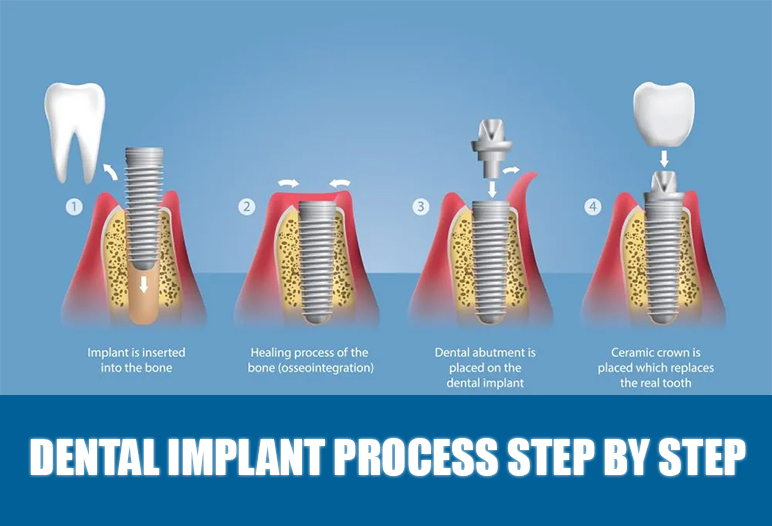
Dental implant process step by step
Tooth implant procedure steps 1: Initial consultation and evaluation
The path to achieving a robust and confident smile with dental implants commences with an in-depth consultation and evaluation. This foundational visit is crucial as it sets the stage for understanding your unique needs and formulating a tailored treatment plan.
Importance of comprehensive oral examination
During your initial consultation, your dentist will perform a meticulous oral examination. This examination encompasses evaluating the condition of your existing teeth, gums, and jawbone, looking for any signs of gum disease, decay, or infection.

A thorough assessment is vital in determining whether you are a suitable candidate for dental implants. Your dentist will likely use various tools, such as X-rays or advanced imaging technology, to assess areas of concern within your mouth, thereby identifying potential challenges or complications that must be addressed before proceeding with the implant procedure.
Comprehensive examinations serve not just to assess health, but also to build a rapport between dentist and patient. As you discuss any apprehensions or expectations, you will begin to feel more at ease, which is essential for a successful outcome.
Discussing medical history and current health conditions
Your dentist will take a detailed medical history, inquiring about any pre-existing conditions, medications, allergies, and previous dental work. This information is critical as certain health issues—like diabetes or cardiovascular conditions—may influence the procedure’s safety and success.
Open communication regarding your medical history allows your dentist to tailor the treatment plan accordingly and helps mitigate potential risks associated with the implant surgery. It is important to be candid during this discussion, as undisclosed medical information can lead to complications down the line.
This conversation serves as a collaborative dialogue, paving the way for informed decision-making. Understanding your body’s response to stressors and medications aids the dentist in crafting a personalized approach to your dental implant journey.
Evaluating bone density and structure
The success of your dental implants heavily relies on the density and integrity of your jawbone. During this evaluation, your dentist will thoroughly assess whether there is enough bone mass in the area where the implant will be placed.
Utilizing imaging techniques such as X-rays or cone beam computed tomography (CBCT), your dentist will visualize the anatomical structure of your jawbone. These advanced imaging methods enable a detailed analysis of bone density, dimensions, and possible nerve pathways that may affect implant placement.
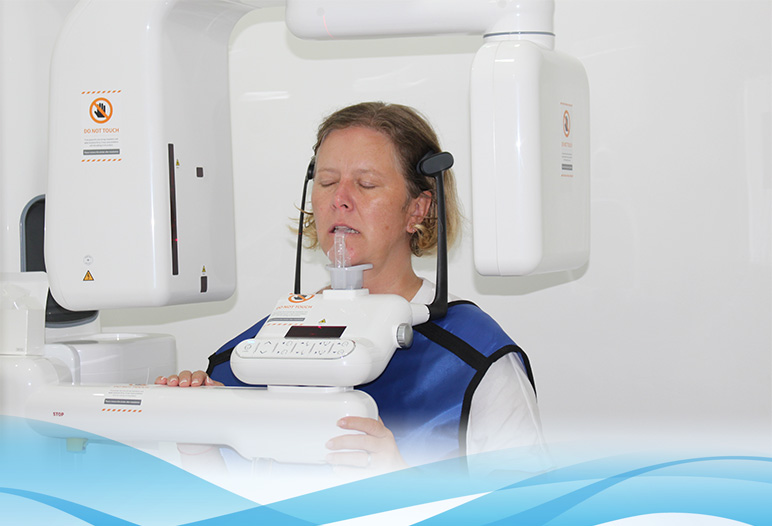
In cases where bone density is inadequate, the dentist may recommend a bone graft procedure, which involves adding bone material to create a stable base for the implant. This proactive approach ensures the best chance of a successful outcome and reduces the likelihood of complications later on.
Implant procedure steps 2: Treatment planning
Following the initial evaluation, your dentist will develop a customized treatment plan tailored specifically to your needs, ensuring that each aspect of the dental implant process step by step is addressed methodically.
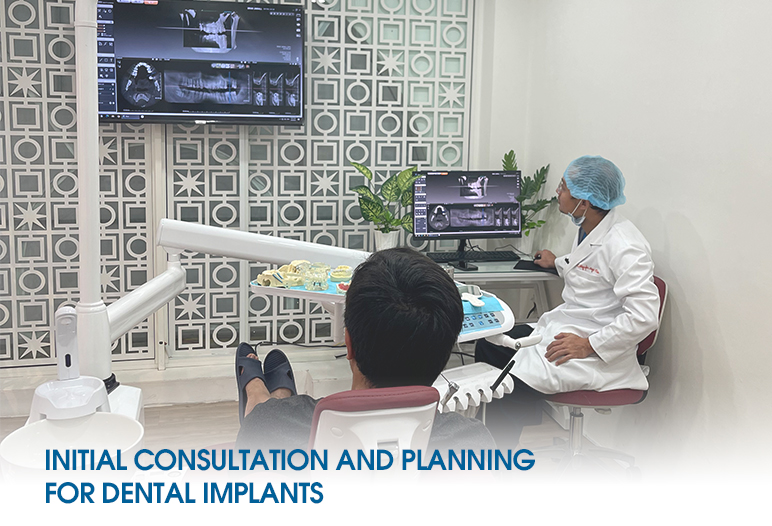
Customizing the implant approach
The treatment plan will outline how your dentist intends to approach the Implant placement, taking into consideration several factors: the number of missing teeth, the location of the gaps, and the overall health of your jawbone.
Different types of implants and restorations are available, and your dentist will explain the pros and cons of each option according to your individual circumstances. Whether that involves single implants, implant-supported bridges, or full arch replacements, a specific strategy will be established to maximize effectiveness.
The customized approach guarantees that no two treatment plans are alike. By focusing on your unique requirements, your dentist ensures optimal results, blending functionality with aesthetics to create a natural-looking smile.
Imaging techniques for accurate assessment
Advanced imaging technologies, such as CBCT scans, play a pivotal role in the planning phase of your dental implant journey. These scans provide intricate 3D images of your jawbone, enabling your dentist to assess the quality of the bone comprehensively.
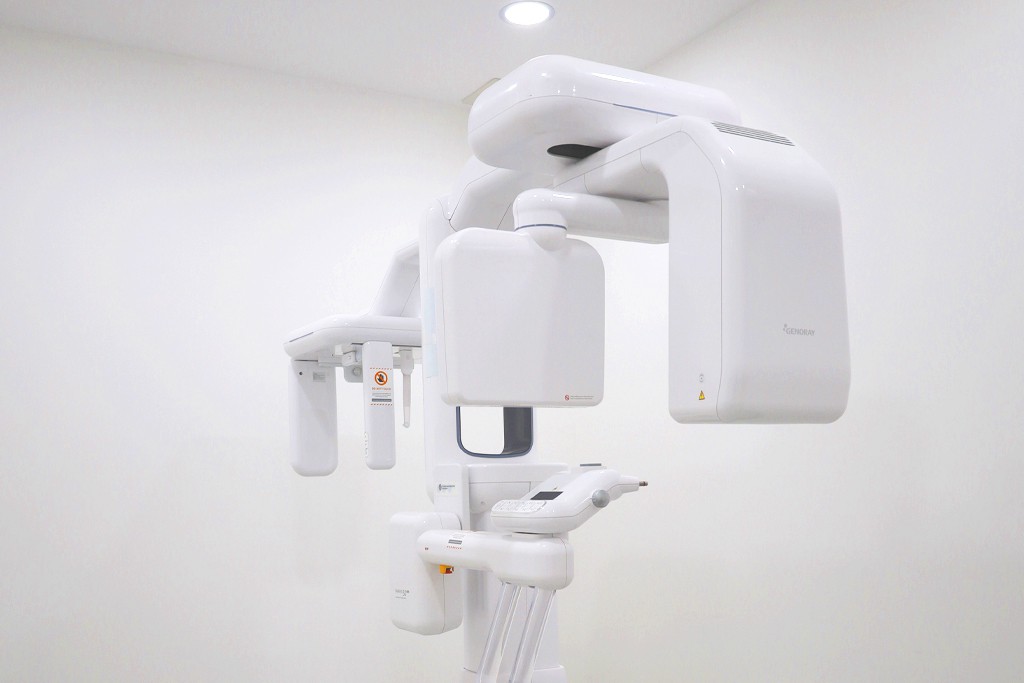
With this precise visualization, your dentist can accurately plan the ideal locations for implant placement while avoiding critical structures like nerves and sinuses. The detailed data collected will inform the creation of a surgical guide that assists in the correct positioning of the implants during the procedure.
Investing in such advanced imaging ensures a higher success rate and facilitates more predictable outcomes, highlighting the importance of modern technology in contemporary dentistry.
Setting a timeline and budget for the procedure
The treatment planning stage also includes establishing a realistic timeline for every phase of the dental implant process. Patients often appreciate knowing what to expect in terms of the duration of the surgical stages, healing periods, and the timeline for final restoration placement.
In addition to scheduling, understanding the financial implications of the treatment is equally important. A detailed breakdown of costs associated with each stage of the procedure should be provided, allowing patients to assess their options and budget accordingly.
Transparent discussions about timelines and costs instill confidence in the process. Knowing the complete picture helps patients mentally prepare for each step, alleviating anxiety related to uncertainty.
Implant process steps 3: Preparation for surgery implants
As the date for your surgery approaches, proper preparation is key to ensuring a seamless experience throughout the implant procedure steps.
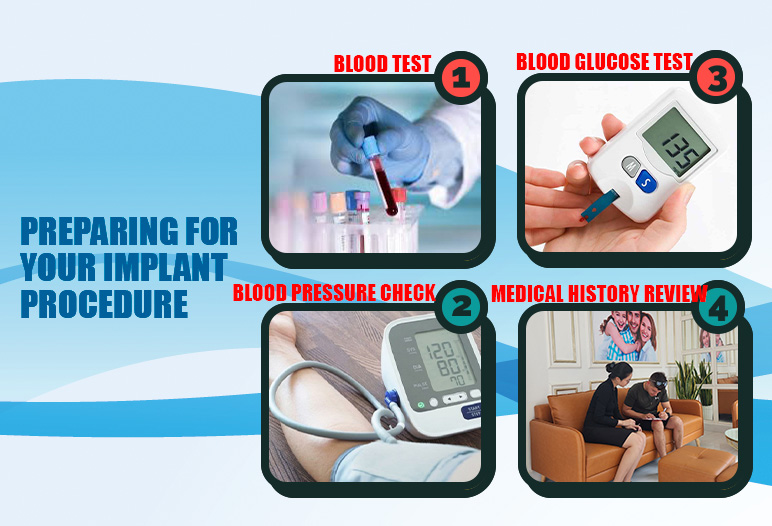
Pre-operative instructions and guidelines
Before undergoing the surgery, your dentist will provide you with comprehensive pre-operative instructions. These typically encompass dietary restrictions, medication adjustments, and oral hygiene practices aimed at optimizing your condition ahead of the procedure.
Following these guidelines is critical; they aim to minimize complications and facilitate a smooth recovery. Common recommendations may include refraining from eating or drinking after midnight prior to your appointment or adjusting blood-thinning medications if applicable.
Receiving and adhering to these pre-operative instructions shows that the doctor-patient relationship is a partnership focused on your health and wellbeing. Being informed empowers patients to take proactive steps toward a successful surgical outcome.
Medications and anesthesia options
Discussion regarding the type of anesthesia to be used during the surgery is another critical component of pre-operative preparation. Most dentists utilize local anesthesia to numb the immediate area around the implant site, ensuring minimal discomfort during the procedure.
For those who may experience anxiety or prefer a more relaxed state during surgery, sedation options can also be explored. Sedation helps alleviate fear and discomfort, making the experience more manageable.
Additionally, your dentist may prescribe antibiotics or medications to help combat infection post-surgery. Understanding these protocols ensures you are adequately prepared and comfortable going into the procedure.
Arranging transportation and post-surgery care
Since the effects of anesthesia can impair your ability to drive or operate machinery following surgery, arranging transportation home is paramount. This forethought minimizes added stress on the day of the procedure.
Moreover, your dentist will offer clear post-operative care instructions. These guidelines usually cover aspects like dietary restrictions, pain management techniques, and oral hygiene protocols that are essential for effective healing.
Ensuring you have a plan in place post-surgery allows for a smoother transition back to daily life and underscores the importance of comprehensive care throughout the entire dental implant process.
Tooth implant procedure steps 4: surgical procedure
How are implants inserted? The actual surgical procedure marks a significant milestone on your journey towards a beautiful smile. Understanding what to expect can reduce anxiety and enhance your overall experience.
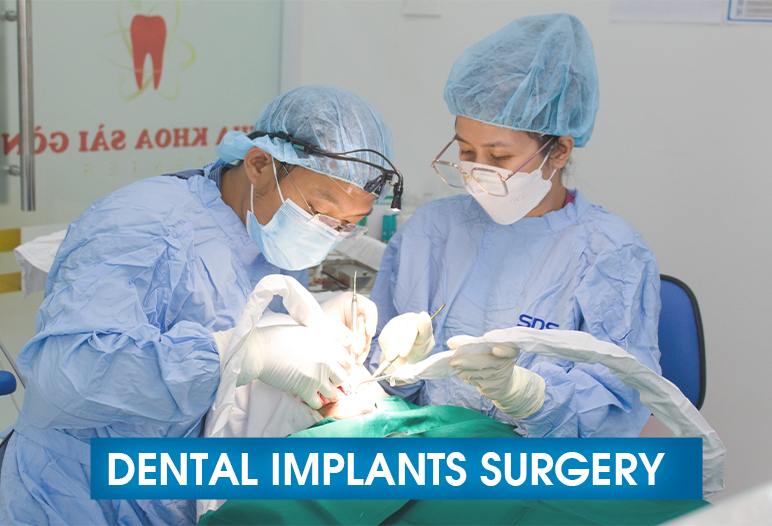
Overview of the implant placement process
During the surgery, the dentist begins by making a small incision in the gum tissue to expose the underlying jawbone. A specialized drill is used to create a precise hole in the bone, into which the titanium implant is carefully placed.
Once the implant is positioned correctly, the gum tissue is sutured over it, although some dentists may opt to place a temporary crown during this time. This immediate restoration serves both functional and aesthetic purposes, allowing you to maintain a natural appearance while the implant integrates with the bone.
Each step of the implant placement process is executed with precision, reflecting the dentist’s expertise and commitment to achieving optimal results. Knowing the phases involved helps demystify the surgery and alleviates nervousness surrounding the unknown.
Managing patient comfort during surgery
Throughout the surgical procedure, your comfort remains a top priority. Dentists employ various techniques to minimize pain and discomfort, including monitoring your vital signs and reacting promptly to any concerns you may express.
If sedation or general anesthesia is utilized, you will likely remain unaware of the procedure occurring, further enhancing your comfort level. The goal is to create a calm and reassuring atmosphere that allows you to feel secure and cared for during the surgery.
Understanding that the dental team is dedicated to your wellbeing fosters trust, making it easier to relax and focus on the positive outcome of the procedure.
Anticipating and addressing potential complications
While dental implant surgery boasts a high success rate, awareness of potential complications is worthwhile. Risks include infection, nerve damage, and issues related to sinus cavities, among others.
Your dentist will discuss these possibilities and outline measures taken to mitigate their occurrence. For example, sterilization protocols are strictly adhered to in surgical environments to reduce the risk of infection.
Responsible discussion about potential complications shows transparency and educates you about the risks involved. This mutual understanding allows for informed consent and demonstrates the importance of prioritizing patient safety.
Healing and osseointegration
The period following your implant placement is a critical phase known as osseointegration. This healing process determines the long-term success of your dental implants.
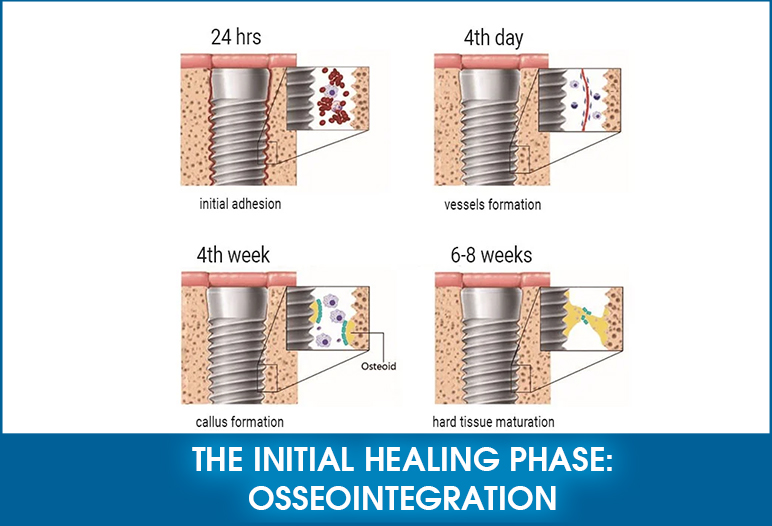
Understanding the healing timeline
Osseointegration refers to the biological process wherein the titanium implant fuses with the surrounding jawbone. This integration typically spans several months, during which it is vital to follow your dentist’s guidelines closely.
Regular follow-up visits will be scheduled to monitor the healing process. These appointments allow your dentist to assess the stability of the implant, check for signs of infection, and determine when the next steps in your treatment can commence.
Understanding and patiently navigating this healing timeline is key to maximizing your chances of a successful outcome. Each person’s healing capacity varies, so maintaining realistic expectations is essential.
Importance of follow-up visits
Follow-up visits during the healing phase are indispensable for ensuring the implant integrates properly. These assessments involve examining the surgical site, evaluating surrounding tissues, and confirming that the osseointegration process is progressing as expected.
Close monitoring allows for early detection of any complications, enabling prompt intervention if necessary. Your dentist will provide ongoing support, adjusting the treatment plan if any unexpected issues arise.
The collaborative nature of these follow-ups reinforces the importance of your active participation in the healing process. Engaging in transparent dialogue regarding your experiences fosters a sense of partnership in attaining your desired outcomes.
Tips for maintaining oral hygiene during recovery
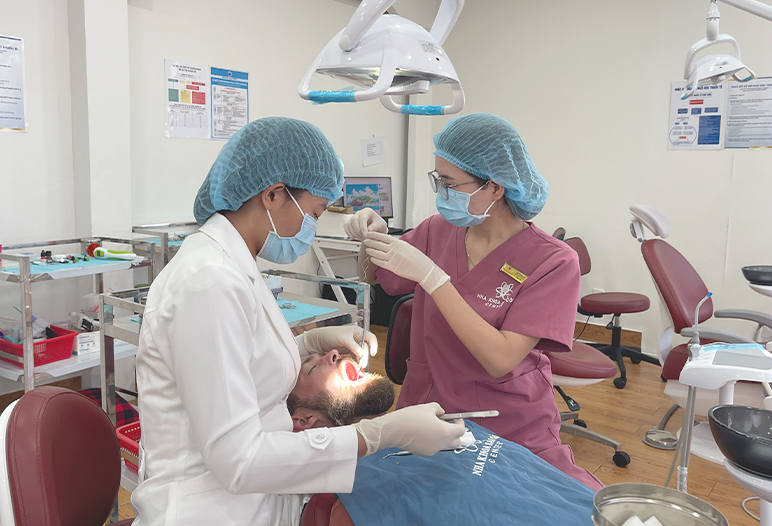
Maintaining optimal oral hygiene during recovery is paramount for ensuring healthy healing. Your dentist will provide specific instructions on how to care for the implant site without disrupting the healing process.
Gentle brushing and avoiding excessive pressure around the implant area are crucial for minimizing irritation. Using a soft-bristled toothbrush and non-alcoholic mouthwash can aid in maintaining cleanliness while promoting healthy tissue growth.
Your commitment to following these hygiene tips demonstrates your dedication to the success of the implant. Building good habits early on contributes significantly to long-term oral health.
Implant procedure step by step 5: Final restoration and aftercare
Once osseointegration is successfully achieved, the final stage of your dental implant journey involves placing the restorative components that will replace your missing teeth.
Types of dental prosthetics available
Several options exist for the types of dental prosthetics that can be utilized to restore function and aesthetics effectively. Crowns, bridges, and dentures are all viable choices based on the specific requirements of your case.
Crowns are commonly used for single tooth replacements, providing a seamless match with existing teeth. Bridges are ideal for replacing multiple adjacent missing teeth, while dentures can offer a full arch restoration.
Your dentist will guide you in selecting the most appropriate prosthetic option based on factors such as aesthetics, comfort, and functionality. This personalized approach ensures that each restoration aligns perfectly with your individual needs.
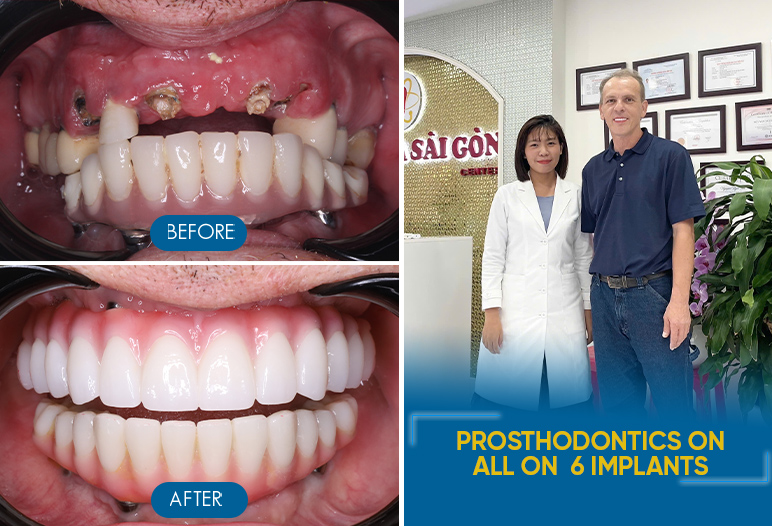
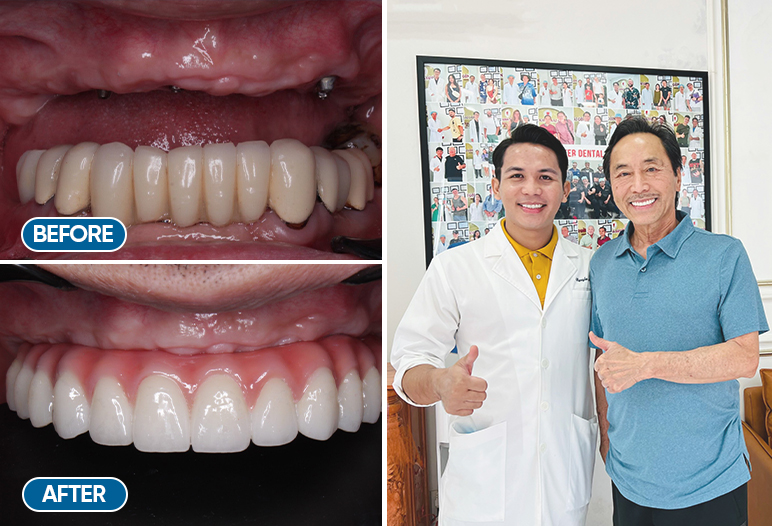
Long-term maintenance of dental implants
Though dental implants are designed for longevity, proper maintenance is imperative for ensuring their continued health and success. Routine brushing and flossing, along with regular dental check-ups, are critical components of this maintenance plan.
Good oral hygiene practices help prevent plaque buildup and gum disease around the implant, protecting both the implant and surrounding natural teeth. Regular professional cleanings will further minimize risk factors associated with implant failure.
Being proactive in your oral care routine reflects a commitment to preserving your investment in your smile. Taking ownership of your health encourages sustainable habits that yield lasting benefits.
Recognizing signs of implant failure or issues
Awareness of potential signs of implant failure or complications is crucial for safeguarding your oral health. Symptoms such as persistent swelling, pain, or changes in bite alignment warrant immediate attention from your dentist.
Identifying problems early allows for timely interventions, reducing the likelihood of more extensive issues developing. Staying informed and vigilant highlights the importance of being an active participant in your dental health.
How to Care for Your Implant After Surgery: Expert Tips
After completing the dental implant process step by step, post-implant care is crucial to ensure proper healing and successful integration of the implant with the jawbone. Below are some essential tips and guidelines for proper post-implant care:
Manage Bleeding
- Some bleeding is normal after the implant. Bite down on the gauze provided by the dentist to control bleeding. Change the gauze every 30–60 minutes or as needed.
- Avoid rinsing your mouth forcefully for the first 24 hours to protect the blood clot.
Reduce Swelling and Pain
- Swelling may happen in the first few days. Use an ice pack on the outside of the cheek for 15–20 minutes at a time during the first 24 hours.
- Take pain relief and anti-inflammatory medications as prescribed by your dentist.
Maintain Oral Hygiene
- Do not use strong mouthwash or brush the area of the implant on the first day.
- From the second day, rinse your mouth gently with a saltwater solution.
- Brush your teeth carefully, avoiding the implant area. Use dental floss to clean between teeth.
Follow a Proper Diet
- Eat soft foods for the first 24–48 hours and avoid chewing near the implant site.
- Stay away from hot, hard, or spicy foods that can irritate the wound.
- Avoid alcohol and smoking, as these can slow down healing.
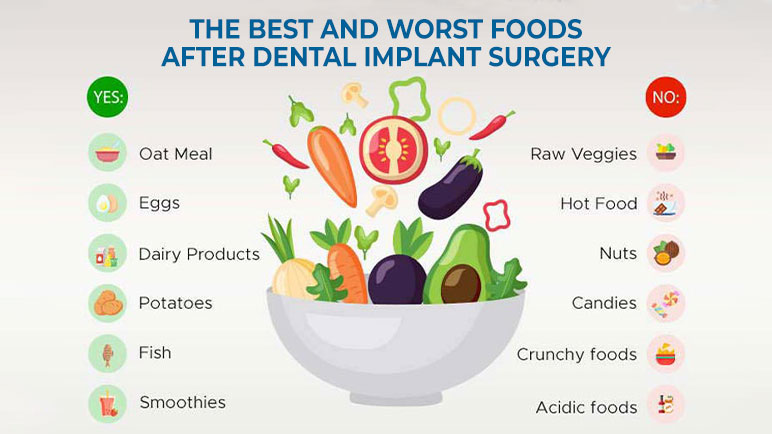
Attend Follow-Up Appointments
Go to all scheduled check-ups so the dentist can monitor the healing process and the integration of the implant.
Other Important Tips
- Avoid heavy exercise or physical activity for at least 48–72 hours after surgery.
- Contact your dentist right away if you experience unusual signs like prolonged swelling, excessive bleeding, or fever.
Proper care after an implant helps ensure the best results and long-lasting success.
Conclusion
The dental implant process step by step encapsulates a multifaceted journey that emphasizes collaboration between patient and dentist. Through careful evaluation, treatment planning, and dedicated aftercare, individuals can achieve not only a restored smile but renewed confidence as well.
From the initial consultation to the final restoration and beyond, every stage plays a vital role in ensuring the longevity and success of dental implants. With ongoing commitment to oral hygiene and routine care, these transformative solutions can provide a lifetime of benefits.

 Google Reviews
Google Reviews Call
Call
SAIGON IMPLANT CENTER
Best dentist in Vietnam
Saigon Implant Center - Dental Clinic utilizes the latest technology for specialized treatment in the field of Single implant, full jaw implants, All on 4 implants, All on 6 implants, Zygoma implant....
SAIGON IMPLANT CENTER
Best dentist in Vietnam
Saigon Implant Center - Dental Clinic utilizes the latest technology for specialized treatment in the field of Single implant, full jaw implants, All on 4 implants, All on 6 implants, Zygoma implant....